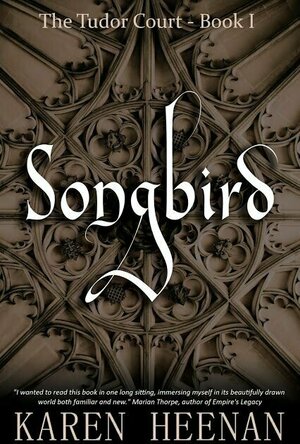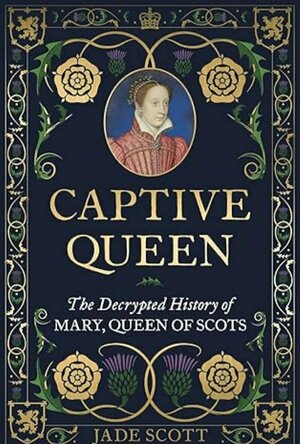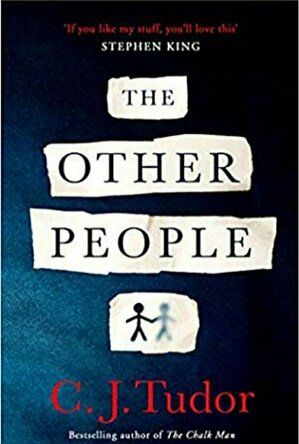
Macbeth
William Shakespeare and Robert S. Miola
Book
The Norton Critical Edition is again based on the First Folio (1623), the only authoritative text of...

A Column of Fire
Book
The saga that has enthralled the millions of readers of The Pillars of the Earth and World Without...
Fiction
Merissa (13600 KP) rated Songbird (The Tudor Court #1) in Books
Apr 13, 2021 (Updated Jul 27, 2023)
Reading about Henry, Katherine, Mary, and the Boleyn sisters, from a servant's perspective made it all the more fascinating. Her life at court is comfortable, but she is still a servant. There is romance for Bess, from Tom, who was with her from the start, to Nick, a courtier currently in favour with the King. Bess has her own choices to make, some of which end up being heartbreaking.
If I had one thing to say, it would be I was disappointed we skipped so much of Henry's reign, but then, if we'd had it all, it would have been enough for more books! A fascinating story, with realism and character development a-plenty. This was a book I thoroughly enjoyed and have no hesitation in recommending, and I am so happy to see there is a second book in this series!
* A copy of this book was provided to me with no requirements for a review. I voluntarily read this book, and the comments here are my honest opinion. *
Merissa
Archaeolibrarian - I Dig Good Books!
Apr 13, 2021
ClareR (6054 KP) rated Captive Queen: The Decrypted History of Mary Queen of Scots in Books
Jun 14, 2025
Captive Queen explains a lot of Mary’s life and also tells of how she got to the point of her imprisonment. So much information was gleaned from the encrypted letters that she sent to, and received from, her supporters. When they were decrypted, after their discovery in a French archive, they answered a lot of questions.
Jade Scott uses this information to paint a really interesting picture of Mary’s captivity, and just how involved she was in the various plots to release her and put her on the English throne. I mean, who can blame her?! She was imprisoned in some awful places - regardless of the fact that she was in castles or stately homes.
I rather enjoyed the little fictional chapter headers. They made it feel more personal, and ideal for people like me who don’t always enjoy dry, academic historical writing. This is absolutely not that - I whizzed through this book, thoroughly enjoying it.
So, if you enjoy history and want to find out more about Mary, Queen of Scots, you may well enjoy this too.
ClareR (6054 KP) rated The Other People in Books
Feb 9, 2020 (Updated Feb 11, 2020)
Gabe drives up and down a motorway for three years, looking for his daughter. His supposedly dead daughter. Except on the day that she died, he saw her in the back of a car on the motorway. When he got home, it was to find out that his wife and daughter had been murdered in a botched burglary. But Gabe saw his daughter in the back of that car...
Two other stories become intertwined with Gabe’s: Katie, a woman who works in a coffee shop on the motorway, a single mother struggling to support her two children. She sees Gabe regularly and knows his story. She knows something of how he feels, because her father was murdered in another, unconnected, botched burglary nine years before. And then there’s Fran and Alice. A mother and her child, permanently on the run, knowing that if the people who are chasing them actually catch them, they will be dead. Quite how these people are connected is at first a mystery.
And then there’s the girl that Alice sees in the mirror, and the Other People...
Boy this was creepy. I LOVED how creepy it was. And there’s an underlying menace throughout the book. This is precisely my kind of book - and it’s well worth a read!
Many thanks to NetGalley and Penguin for my copy of this book to read and review.
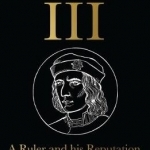
Richard III: A Ruler and His Reputation
Book
Famously depicted as 'Crookback Dick', and as Shakespeare's 'bunch-back'd toad', the alleged...
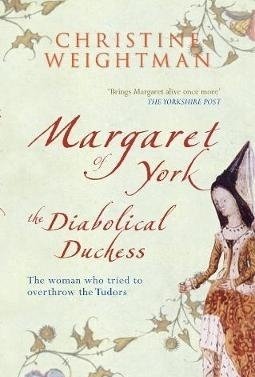
Margaret of York: The Diabolical Duchess
Book
The amazing life of Margaret of York, the woman who tried to overthrow the Tudors. Reared in a...

Market Wizards: Interviews with Top Traders
Book
The world's top trader's reveal the secrets of their phenomenal success! How do the world's most...
Unperfect Histories: The Mirror for Magistrates, 1559-1610
Book
The Mirror for Magistrates, the collection of de casibus complaint poems in the voices of medieval...

The Battle For England: Women at war in Medieval England (Wars of the Magna Carta #1)
Book
Medieval England is under siege… Perfect for fans of Conn Iggulden, Robyn Young, Alison Weir and...
Historical Fiction Medieval England
